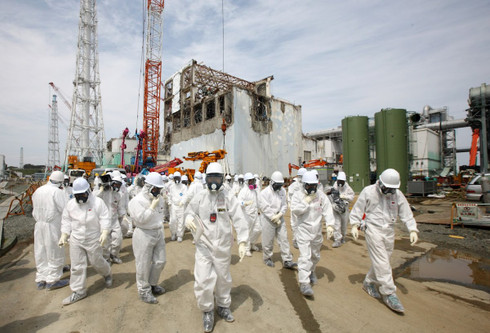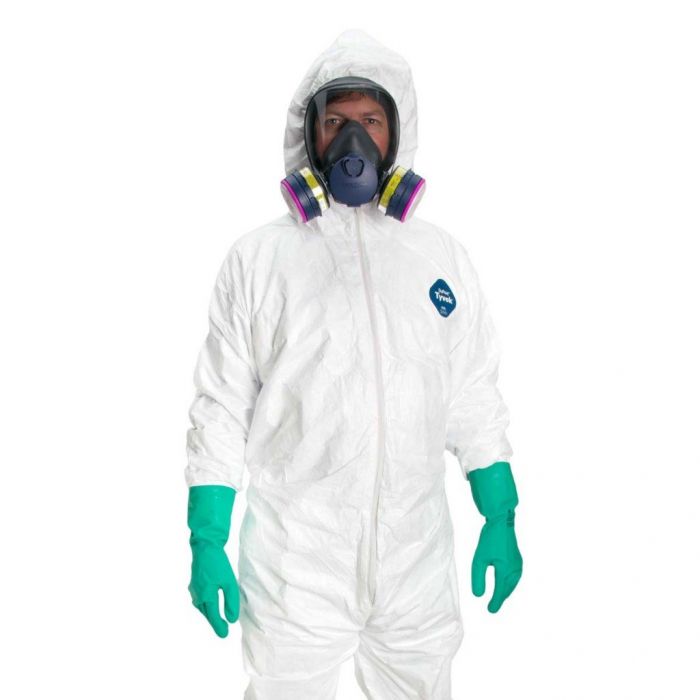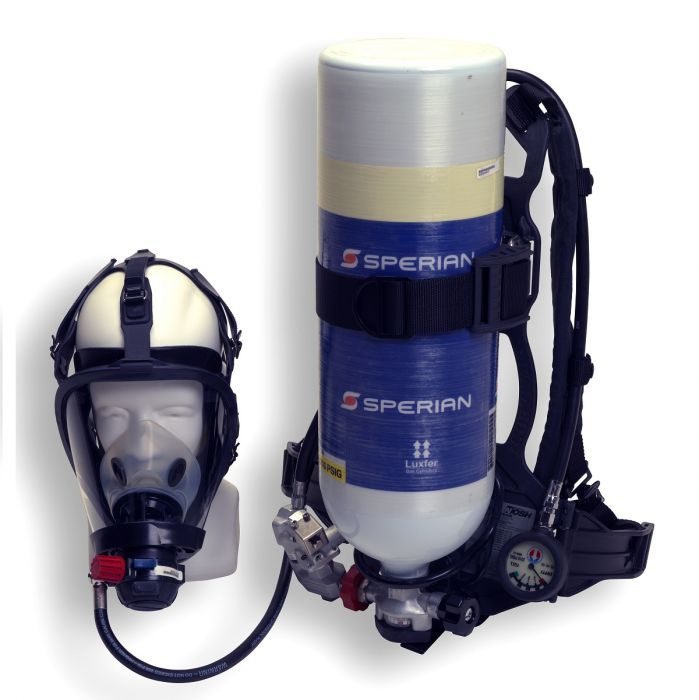Radiation Suit: Do You Need a Hazmat Suit for Radiation?
While we intend the information below to be helpful, please note that our staff is not trained to discuss chemical or nuclear warfare. These are industrial products and not appropriate for that application.
What is Radiation?
Radiation is “ the energy radiated or transmitted in the form of rays, waves, or particles.” Protection against radiation is a complicated task. Scientists differentiate ionizing radiation hazards from radioactive, contaminated particle or liquid hazards. Particle radiation includes electron, proton, and neutron beams produced by splitting unstable atoms from plutonium and uranium, as in a nuclear reactor or a nuclear bomb. Special garments are designed to protect you from the radioactive, contaminated hazards. However, it is important to understand that no suit will protect you against ionizing radiation hazards (gamma rays, X-rays, radioactive particles: alpha or beta). For example, if you're standing next to a uranium reactor, a safety suit will not shield you against the ionizing radiation, but it can stop small bits of radioactive dust from getting on your skin. Safety garments are designed to minimize the penetration of radioactive airborne particles and prevent their contact with your skin. Protective suits keep radioactive isotopes out of your body, but cannot shield you against the ionizing radiation.
What will protect you against the ionizing radiation?
The standard protocol indicates that a shield made of 6.6 feet of concrete, or 1.3 feet of lead, can block the ionizing radiation.
What should you do when the radioactive emergency is announced?
Leave the area immediately, or if it is not possible, stay inside, close all doors and windows, and take a shower to wash off any radioactive particles. In addition, put on a hazmat suit and other types of PPE, such as respirators, goggles, gloves, and footwear.
What can hazmat suits do for you?
The United States Department of Homeland Security defines a HazMat suit as "an overall garment worn to protect people from hazardous materials or substances, including chemicals, biological agents, or radioactive materials."
Although HazMat suits are typically used by firefighters, paramedics, and other personnel cleaning up contaminated areas, some of our customers who are not working in toxic environments are willing to have these suits at home to protect themselves in case of emergency involving Hazardous Materials and Chemical, Biological, Radiological, Nuclear, and Explosive (CBRNE) substances.
What can we suggest for civilians worried about their safety? Here is a list of our recommendations. Reliable safety suits we carry include the TY122SVP HazMat Coverall Suit, the TY127SVP Tyvek suit, and the DuPont Tychem 9000 suit. The Tychem BR fabric provides at least 30 minutes of protection against 280 chemicals, including chemical warfare agents (CWA) like Sarin, Soman, or VX.
We want to make it easier and faster for you to find the best safety gear for your application, so we have assembled a Kit that you can use for the full-body protection in case of emergency, for clean up, or for your DIY projects, like mold remediation and asbestos removal.
The Kit Includes: a disposable Tyvek TY122S HazMat coverall suit, a Moldex 9000 full face respirator combo, multi-gas vapor smart cartridges, Moldex 7940 P100 HEPA-rated filter disks, Moldex 7920 piggyback adapters, MCR Safety Flex Tuff II gloves, and MCR Safety Flex Tuff II gloves.
Remember that HazMat suits can become hot when being used for a long time. Therefore, their use is typically limited to a short duration. This time should be enough to get out of the contaminated area safely.
In some cases, full-face respirators have to be worn with SCBAs. Vapors of some chemicals cannot be filtered by canister-type respirators, so wearing an SCBA (Self Contained Breathing Apparatus) is required. SCBAs are also used in areas where the level of oxygen is below 19.5%.
Resources:
- Nuclear Protective Clothing
- Protecting Against Exposure
- The Dictionary of Homeland Security and Defense
- The Science of HazMat and CBRNE Emergency Response
Related Articles
Not sure where to start when choosing a HazMat suit? We can help guide you through the process.
Related Searches
Hazmat Suit, Safety Workwear, Tyvek Hazmat Suit, Welding Protection
Recent Posts
-
Customizing Gas Detectors: Tailoring Solutions to Fit Your Unique Requirements
In today’s diverse industrial landscape, a one-size-fits-all approach to safety simply doesn’t cu …Jul 3rd 2024 -
10 Ways to Prevent Wildfires
You can prevent wildfires by extinguishing flames before you leave the worksite. Avoid practicing …Jul 1st 2024 -
ANSI/ISEA 138 Safety Gloves: Ensuring Hand Protection
The human hand is an anatomical masterpiece and arguably the greatest tool attached to our bodies …Jun 25th 2024







